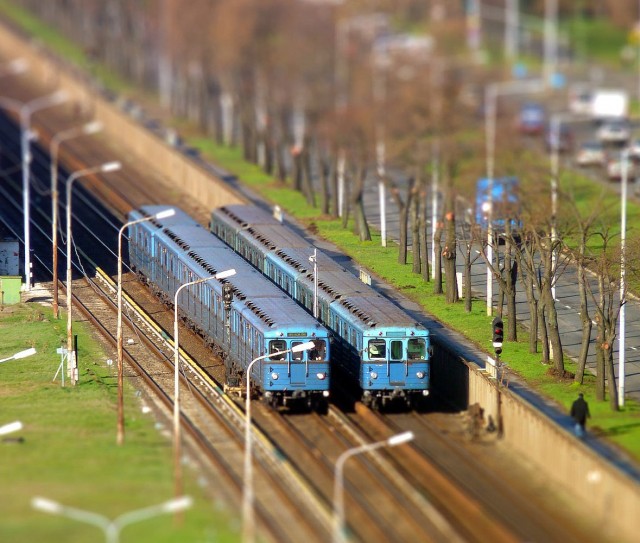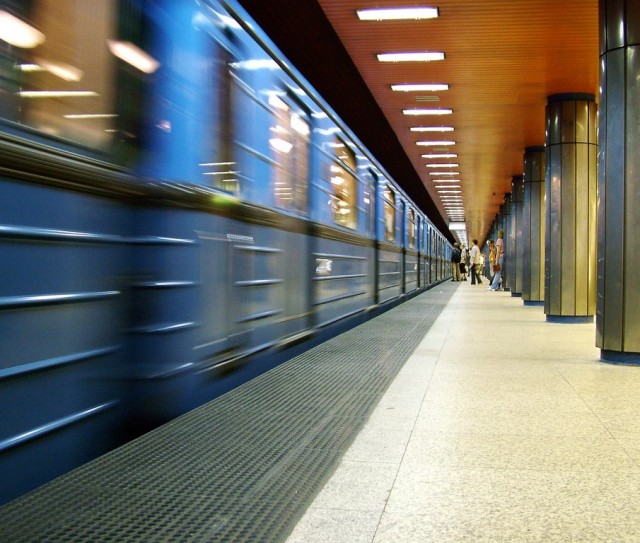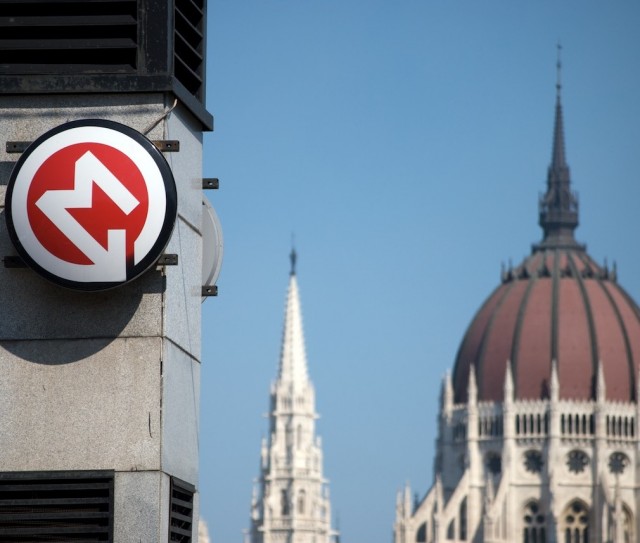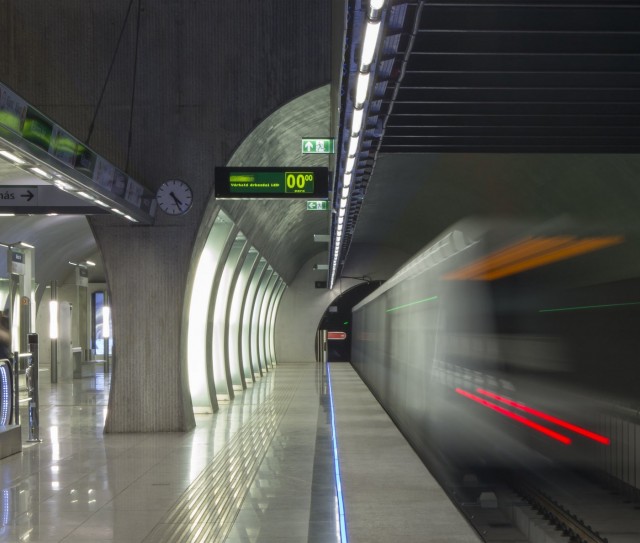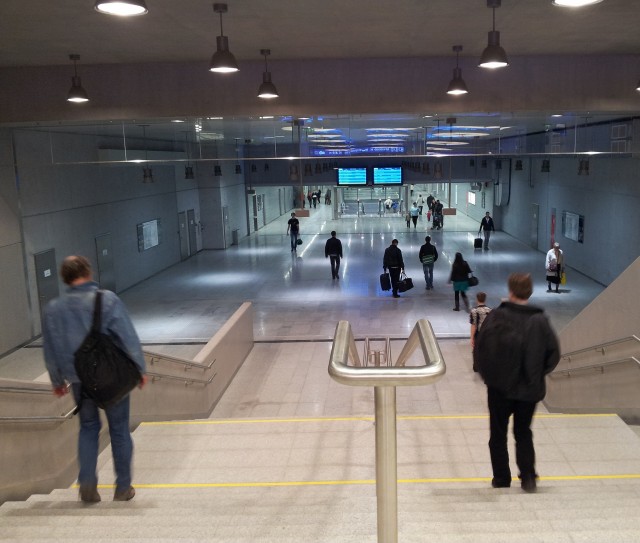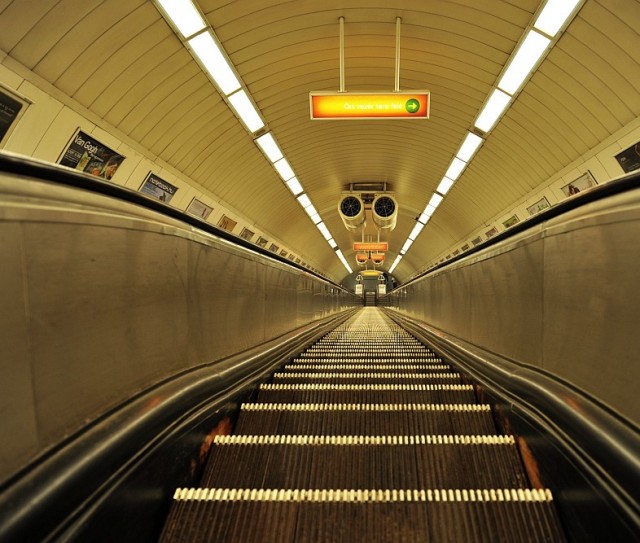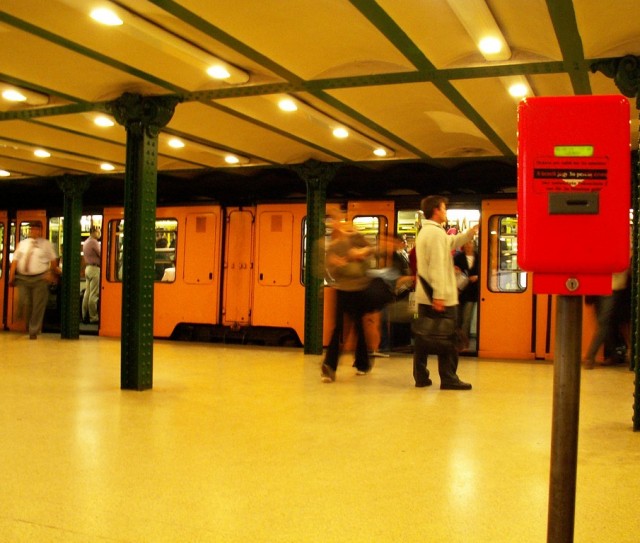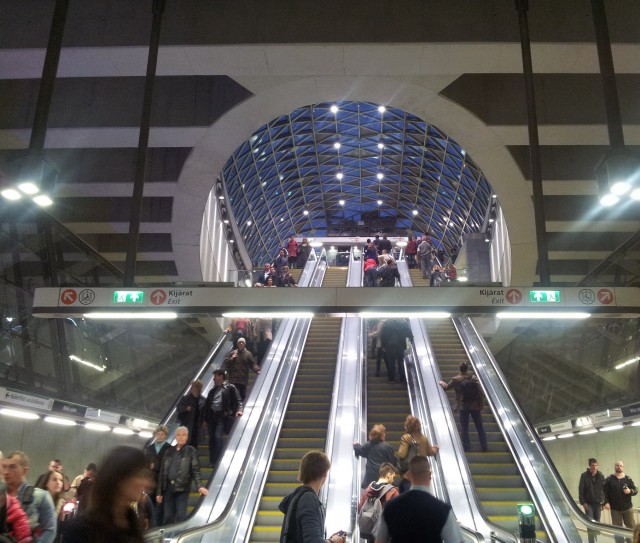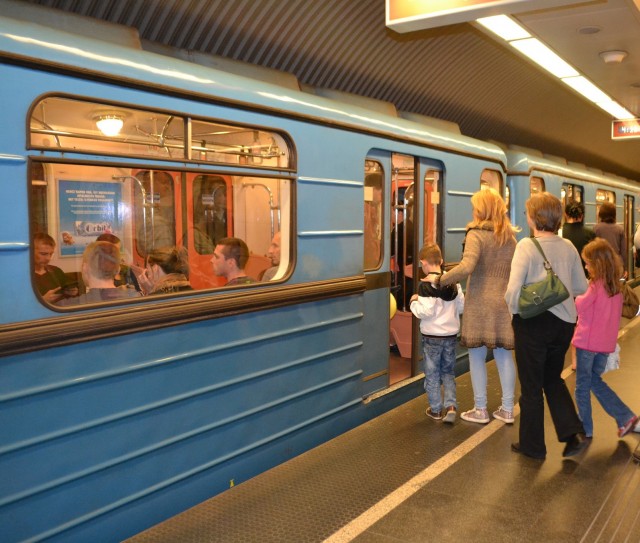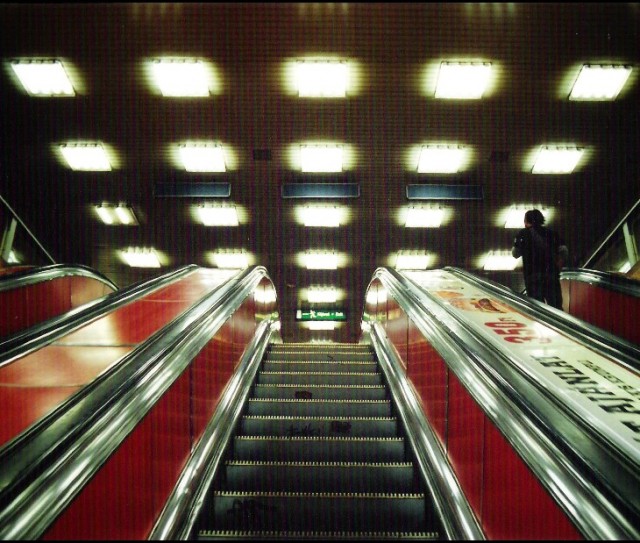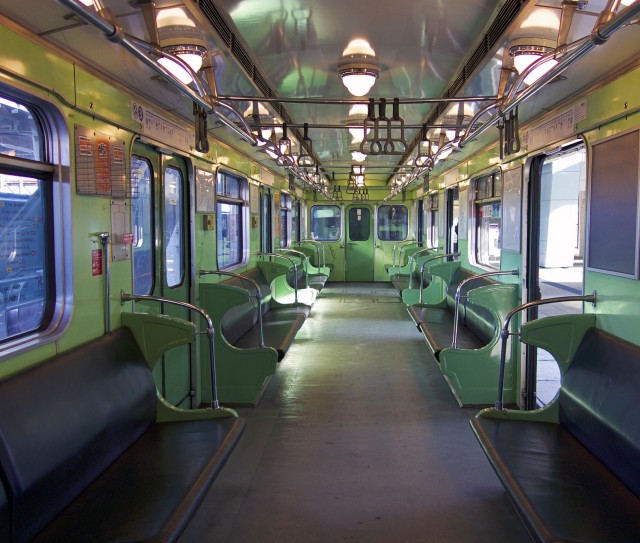Info
The Budapest Metro, established in 1896, proudly holds the distinction of being the oldest subway system in continental Europe and one of the world's earliest. Its inaugural line, constructed beneath Andrássy Avenue by the German company Siemens & Halske, marked the globe's first electrified metro route, linking Vörösmarty Square to Heroes' Square. Circumstances such as political dynamics and economic factors led to its status as the sole metro line for a prolonged period.
At present, the Budapest metro system encompasses four lines, with most operating underground. Lines 2 and 3 commenced operation over half a century later in the 1970s, while line 4 joined the network more recently in 2014. Drawing over a million passengers daily, the Budapest subway facilitates seamless connections to three main railway stations and takes passengers through key landmarks of the Hungarian capital, including the Opera House (Magyar Állami Operaház), Buda Castle (Budai Vár), and St. Stephen's Basilica (Szent István-bazilika). Notably, the Deák Ferenc tér station serves as a bustling interchange hub, converging three of the four lines.
Operated by the BKV transport company, the Budapest Metro integrates within the unified public transportation network of the Hungarian capital, encompassing buses, trolleybuses, and trams. A metro ticket in Budapest is priced at 350 HUF, entitling passengers to 60 minutes of travel across all public transport modes (30 minutes for travel on the M1 line). Tickets can be procured from vending machines, ticket offices, and city kiosks. While turnstiles are absent, vigilant inspectors actively check tickets within carriages, as well as at metro entrances and exits. It is paramount to validate the ticket and retain it for the entirety of the journey. Notably, the penalty for fare evasion on Budapest's public transport amounts to 8,000 HUF.
Entrances to Budapest metro stations can often resemble underpasses. Although station designs tend to be straightforward yet functional, they are outfitted with numerous signs, diagrams, and informational displays. Of distinct interest, the oldest M1 line retains its original charm and holds a place on the UNESCO World Heritage List. The M1 line features narrow tunnels, low station ceilings, and authentic tile lining, all contributing to its historic allure. Notably, antique-style yellow carriages make up the compact three-car train that traverses the M1 line, concluding with the Metro Museum situated at Deak Ferenc ter station.
Lines
The Budapest Metro consists of four lines: M1 (yellow), М2 (red), М3 (blue) and М4 (green), with 52 stations located both in the city centre and remote districts. Total lines length amounts to 37,6 km. Working hours: from 4.30 a.m. till midnight.
Fare
A ticket costs HUF 350. The ticket is valid until the end of the journey on the metro network in the case of using the metro. The journey must be completed no later than 80 minutes from the time of validation, or 120 minutes on night services. A set of 10 tickets costs HUF 3000. In addition, there are tickets for unlimited travel Budapest travelcard for 1 day - 2500 HUF, for 3 days - 5500 HUF. For tourists, specialized cards are offered - the Budapest Card. In addition to free public transport, the card offers several other benefits, such as free and discounted admission to museums and thermal baths, as well as discounts on food and cultural events. The cost of cards for 1 day is 11990 HUF, for 2 days - 17990 HUF, for 3 days - 22990 HUF.
Ticketing
Tickets can be purchased from ticket offices and ticket machines at metro stations as well as bus stations and interchanges. At the metro stations there are no ticket barriers, only validators to activate tickets.
 English
English Deutsch
Deutsch Français
Français Italiano
Italiano Español
Español Português
Português Русский
Русский Українська
Українська Polski
Polski Čeština
Čeština Ελληνικά
Ελληνικά Türkçe
Türkçe Tiếng Việt
Tiếng Việt ไทย
ไทย 日本語
日本語 中文
中文 한국어
한국어